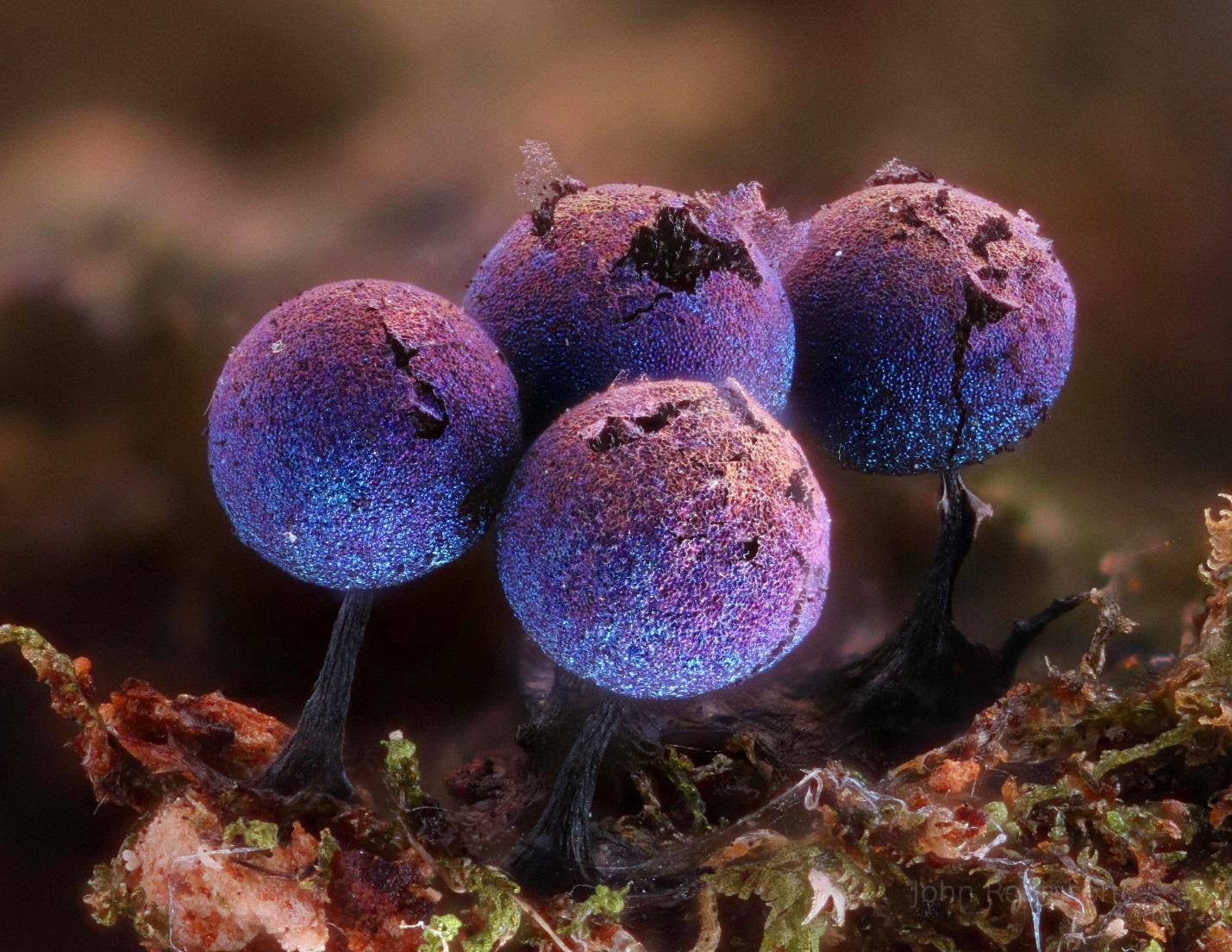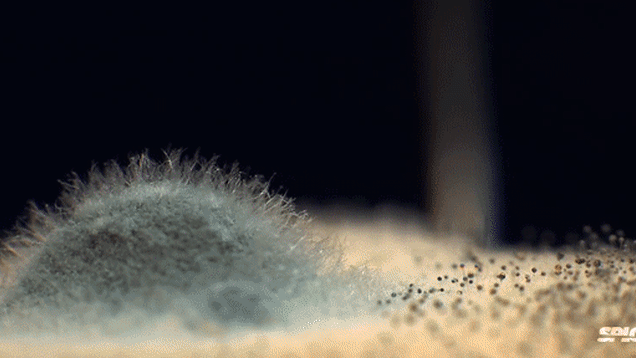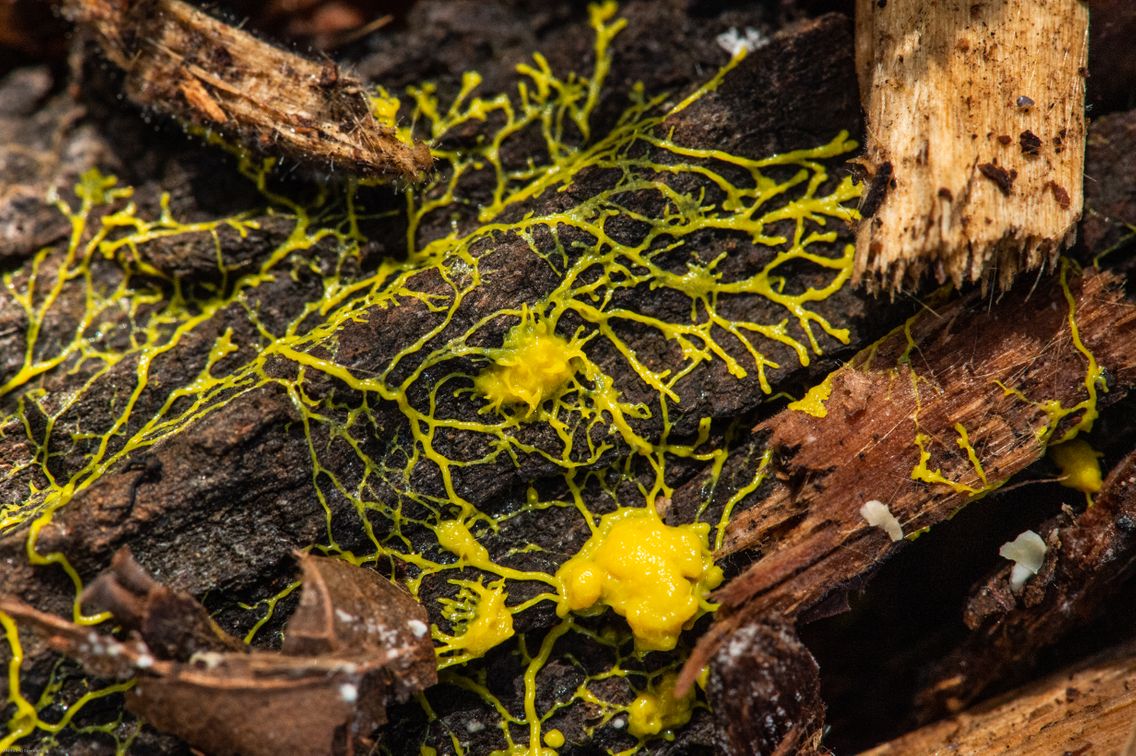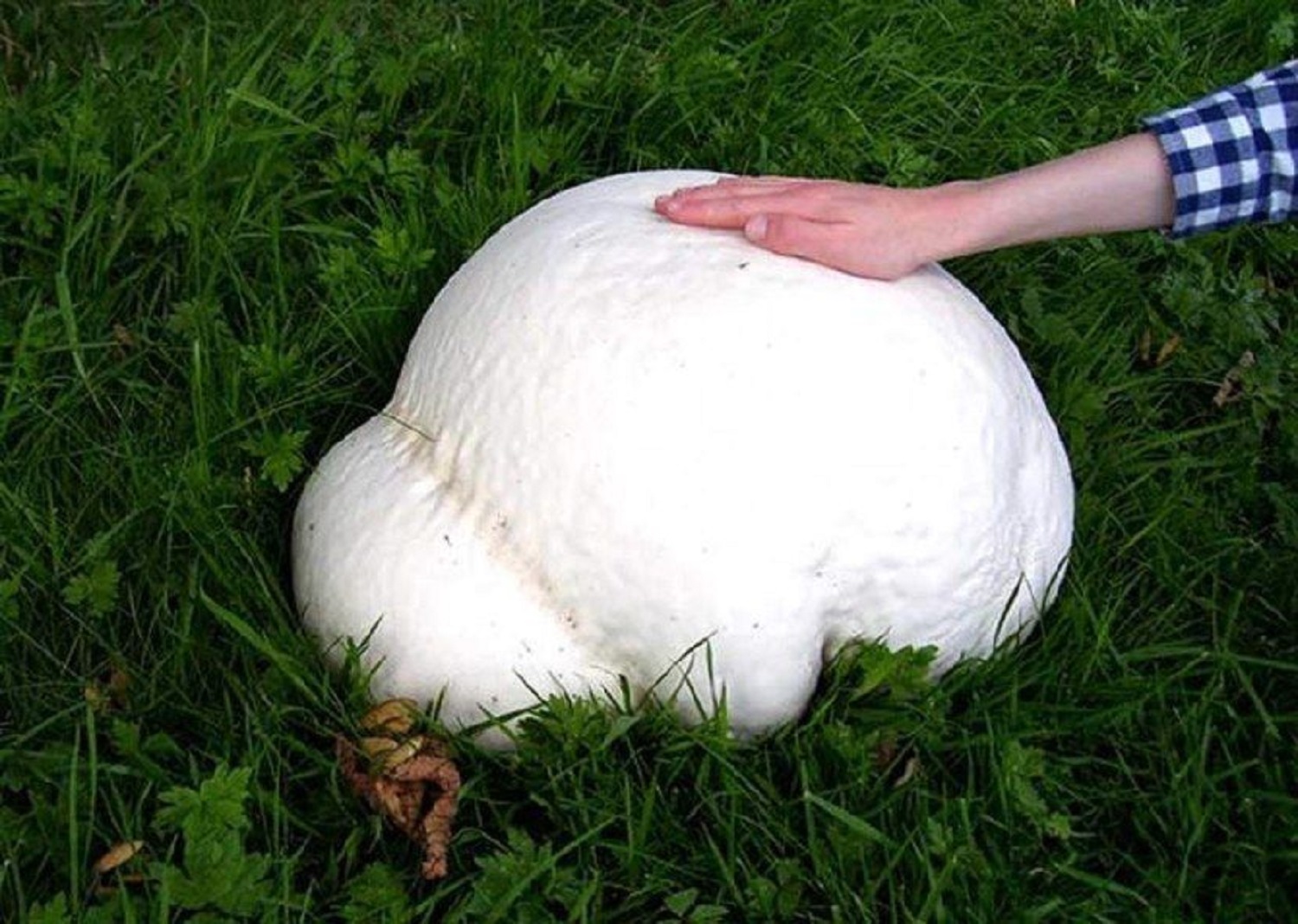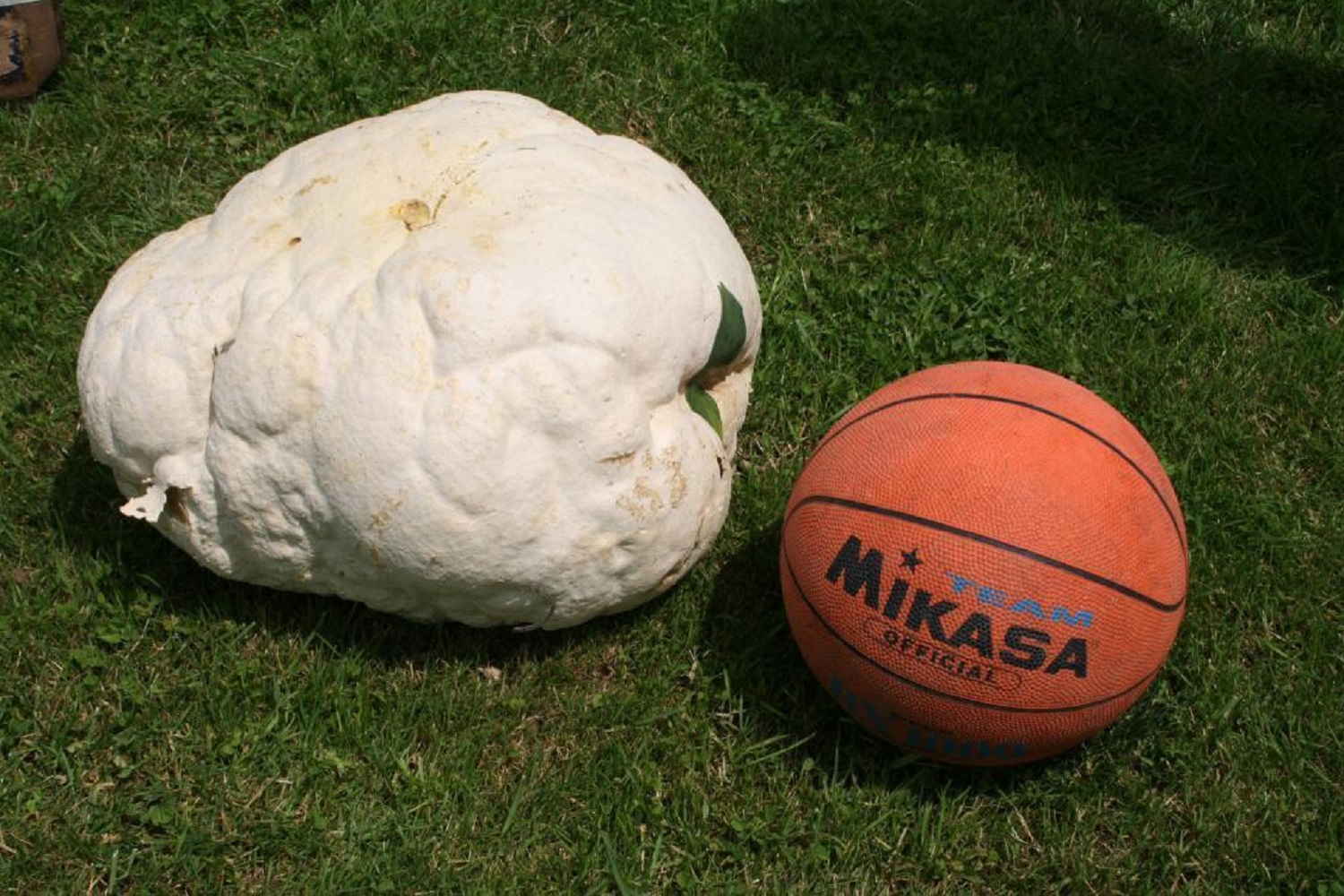
11.1
When a slime mould mass or mound is physically separated, the cells find their way back to re-unite. Studies on Physarum polycephalum have even shown an ability to learn and predict periodic unfavorable conditions in laboratory experiments. John Tyler Bonner, a professor of ecology known for his studies of slime molds, argues that they are "no more than a bag of amoebae encased in a thin slime sheath, yet they manage to have various behaviors that are equal to those of animals who possess muscles and nerves with ganglia – that is, simple brains."










